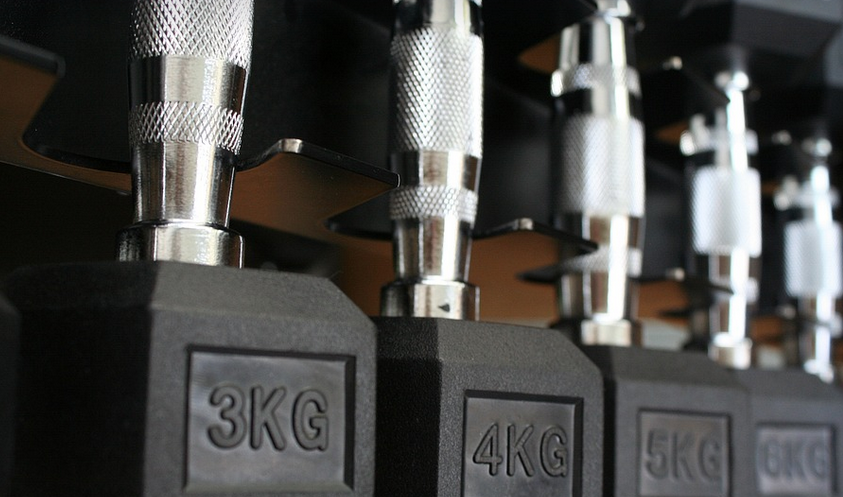What Makes a Pitch Illegal?
The term “illegal pitch” throws a lot of shadows across sports, particularly in baseball. It usually implies an action or strategy that is considered unfair or against the rules, often leading to arguments and debates about what constitutes acceptable play. So, when we talk about “Makena Reid’s illegal pitch”, it sparks quite a few questions.
We know that pitching, at its core, is all about throwing the ball with control and accuracy, aiming for specific spots on the plate to challenge the batter. But there are nuances within baseball that often lead to gray areas when discussing what’s considered “legal” or “illegal.” These include things like:
- The Grip and Release Point:
- Spin Rate:
- “Knuckleballs”:
- The Use of “Stuff”:
A pitcher’s grip on the ball can impact how it moves, and depending on their technique, this influence might lead to a pitch that hits the batter with unexpected power.
The spin rate of the ball influences its movement on the field. A certain spin rate may be deemed illegal due to its potential for misleading the batter, leading to arguments about what constitutes a fair pitch.
While technically legal, some argue that knuckleballs pose a unique challenge, as their unpredictable movement can make them harder to predict by batters. The “legal” aspect of this style of pitch often depends on the specific situation.
Beyond technical aspects like grip and spin rate, there’s also a focus on how players use their pitching arsenal to gain an advantage. This can include things like using special grips or incorporating more unconventional techniques.
The Makena Reid Story: A Closer Look
The “Makena Reid illegal pitch” controversy in 2024 has caused quite a stir within the baseball community and beyond. Many questions emerged after a particular game involving Reid’s team, raising concerns about his pitching style and its effect on the game.
Here’s what we know: Makena Reid is known for his unique delivery and pitch selection. He was accused of using a “illegal” motion during a crucial game in 2024. This seemingly unconventional approach has sparked debates about what constitutes an acceptable pitching style.
We’ve seen some incredible examples of pitchers breaking records with their fastballs, but there are also moments where the game gets overshadowed by arguments over “illegal” pitches.
Understanding the Controversy: A Deeper Dive
While we don’t have all the details about Makena Reid’s pitch, the controversy sparked a debate about baseball rules and their interpretation
* **Defining “Illegal”:** What makes a pitch illegal? Is it purely technical, or is there a deeper philosophical aspect at play? * **The Impact of Technology:** In the age of video analysis, how can we objectively determine what constitutes an “illegal” pitch without bias or subjective opinions? * **Beyond the Rules:** Does the game’s spirit play a role in determining whether a pitcher’s technique is considered legal or illegal?
The Debate Continues
The controversy surrounding Makena Reid’s pitch has sparked fierce debates and discussions across baseball communities. Some argue that there are specific rules that need to be strengthened or clarified, while others believe the current “illegal” definition is robust enough.
Ultimately, these controversies force us to re-examine the very nature of fair play in baseball. They remind us that even a seemingly small detail can have a significant impact on the game’s outcome and its overall enjoyment for players and fans alike
Moving Forward: The Future of “Illegal” Pitching
Makena Reid’s “illegal pitch” case raises important questions about how we approach pitching and its legality.
While we await official rulings, it’s crucial to continue these conversations and ensure a transparent and fair process for determining the legality of any future pitches.
